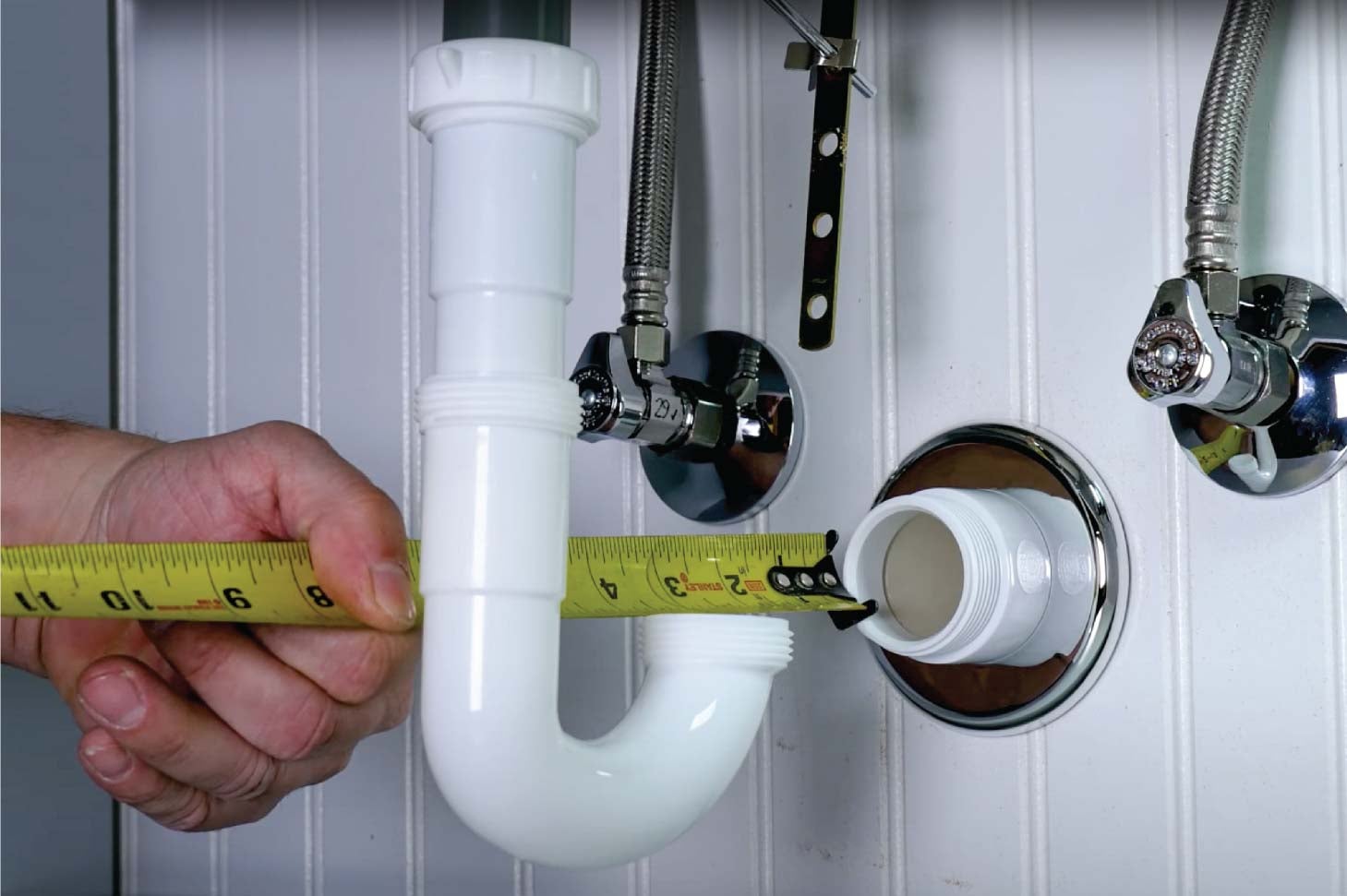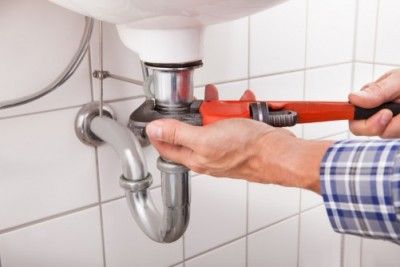Exploring The Layout of Your Home's Plumbing System
Exploring The Layout of Your Home's Plumbing System
Blog Article
Are you searching for content involving The Inner Workings of Your Home's Plumbing?

Understanding exactly how your home's plumbing system functions is crucial for every homeowner. From delivering clean water for drinking, food preparation, and showering to securely getting rid of wastewater, a properly maintained plumbing system is essential for your family's health and comfort. In this extensive guide, we'll check out the complex network that comprises your home's pipes and deal ideas on upkeep, upgrades, and taking care of usual concerns.
Intro
Your home's pipes system is more than just a network of pipes; it's a complex system that ensures you have access to tidy water and reliable wastewater elimination. Recognizing its parts and just how they interact can aid you stop expensive repair services and make sure whatever runs smoothly.
Fundamental Components of a Plumbing System
Pipes and Tubes
At the heart of your pipes system are the pipelines and tubing that carry water throughout your home. These can be made of various products such as copper, PVC, or PEX, each with its benefits in regards to sturdiness and cost-effectiveness.
Fixtures: Sinks, Toilets, Showers, etc.
Fixtures like sinks, commodes, showers, and bath tubs are where water is utilized in your home. Understanding how these components link to the plumbing system helps in diagnosing troubles and preparing upgrades.
Valves and Shut-off Points
Valves regulate the circulation of water in your plumbing system. Shut-off valves are critical throughout emergencies or when you require to make fixings, enabling you to isolate parts of the system without interrupting water flow to the whole home.
Supply Of Water System
Main Water Line
The main water line links your home to the metropolitan water supply or an exclusive well. It's where water enters your home and is dispersed to various components.
Water Meter and Pressure Regulator
The water meter procedures your water usage, while a stress regulatory authority guarantees that water flows at a secure pressure throughout your home's pipes system, avoiding damages to pipes and fixtures.
Cold Water vs. Warm water Lines
Understanding the difference between cold water lines, which provide water directly from the major, and hot water lines, which carry warmed water from the water heater, aids in troubleshooting and preparing for upgrades.
Water drainage System
Drain Piping and Traps
Drain pipes lug wastewater away from sinks, showers, and commodes to the drain or septic tank. Catches prevent sewer gases from entering your home and additionally trap particles that can trigger obstructions.
Ventilation Pipes
Air flow pipes enable air right into the drain system, protecting against suction that could reduce drainage and trigger traps to empty. Correct ventilation is crucial for keeping the stability of your pipes system.
Importance of Appropriate Water Drainage
Guaranteeing correct drainage stops back-ups and water damage. On a regular basis cleaning drains and preserving traps can protect against costly repair services and expand the life of your plumbing system.
Water Heater
Kinds Of Hot Water Heater
Water heaters can be tankless or standard tank-style. Tankless heating units warm water as needed, while containers save warmed water for prompt usage.
Updating Your Pipes System
Reasons for Upgrading
Upgrading to water-efficient fixtures or replacing old pipes can improve water quality, reduce water bills, and increase the worth of your home.
Modern Pipes Technologies and Their Advantages
Discover modern technologies like clever leakage detectors, water-saving commodes, and energy-efficient hot water heater that can conserve cash and minimize ecological influence.
Expense Factors To Consider and ROI
Determine the in advance expenses versus long-lasting cost savings when thinking about plumbing upgrades. Several upgrades spend for themselves via minimized energy expenses and fewer repairs.
Just How Water Heaters Attach to the Pipes System
Recognizing how water heaters connect to both the cold water supply and hot water distribution lines helps in detecting concerns like not enough hot water or leaks.
Maintenance Tips for Water Heaters
Consistently purging your hot water heater to eliminate debris, inspecting the temperature level settings, and examining for leaks can prolong its life expectancy and improve power effectiveness.
Typical Plumbing Issues
Leaks and Their Causes
Leaks can occur as a result of maturing pipelines, loose fittings, or high water stress. Resolving leakages immediately stops water damage and mold growth.
Clogs and Clogs
Obstructions in drains pipes and bathrooms are frequently caused by purging non-flushable things or an accumulation of grease and hair. Making use of drainpipe screens and being mindful of what drops your drains pipes can avoid clogs.
Signs of Pipes Issues to Watch For
Low water stress, sluggish drains, foul odors, or unusually high water costs are indications of potential pipes troubles that ought to be addressed without delay.
Pipes Maintenance Tips
Regular Examinations and Checks
Arrange annual pipes inspections to capture issues early. Look for indications of leaks, deterioration, or mineral accumulation in faucets and showerheads.
Do It Yourself Maintenance Tasks
Simple jobs like cleaning tap aerators, checking for commode leakages making use of dye tablet computers, or insulating subjected pipes in cool climates can protect against significant plumbing problems.
When to Call a Professional Plumbing Professional
Know when a plumbing issue needs professional experience. Attempting complicated repair services without proper understanding can cause more damages and higher repair service prices.
Tips for Minimizing Water Use
Easy routines like fixing leaks promptly, taking shorter showers, and running complete loads of washing and dishes can save water and lower your utility costs.
Eco-Friendly Plumbing Options
Take into consideration sustainable plumbing products like bamboo for flooring, which is durable and green, or recycled glass for kitchen counters.
Emergency Readiness
Actions to Take During a Pipes Emergency situation
Know where your shut-off valves lie and just how to turn off the water in case of a burst pipe or significant leak.
Significance of Having Emergency Situation Contacts Useful
Maintain contact info for regional plumbers or emergency services easily offered for quick reaction throughout a pipes situation.
Environmental Effect and Preservation
Water-Saving Components and Appliances
Setting up low-flow taps, showerheads, and commodes can significantly decrease water usage without sacrificing performance.
DIY Emergency Situation Fixes (When Relevant).
Temporary fixes like using duct tape to spot a dripping pipeline or positioning a pail under a dripping faucet can reduce damage up until a specialist plumber gets here.
Conclusion.
Understanding the anatomy of your home's plumbing system equips you to preserve it effectively, saving time and money on repairs. By following routine maintenance routines and staying notified regarding contemporary plumbing innovations, you can ensure your plumbing system operates efficiently for many years to come.
HOW YOUR PLUMBING SYSTEM WORKS
Which Pipes Do What?
Blue lines = fresh water supply entering the building Red lines = hot water supply entering the building Grey lines = pipes carrying waste away from the building and venting pipes carrying gases away from the building (through the roof) YOUR MAIN PLUMBING SYSTEMS
There are two main plumbing systems that support your home s basic plumbing needs one that brings clean water into your home, and one that sends dirty water away from your home. Connected to the toilet, bath, shower, and other faucets in your home, these two systems keep your water flowing in the right directions.
ACCESSING FRESH WATER
Fresh and clean water is brought into your home through the main water supply line . Filtered through one pipe, this water is pressured to flow into the various fixtures in your home at any given time.
This water can be sourced from a well located on your property, a pond or river (mostly cottages), or, as in most cases, from the city s municipal water treatment centre. However, it is important to note that water that is untreated, such as the water siphoned from ponds or rivers, may not be safe to drink. Personal water supplies always need to be treated for hardness and contaminants before consumed.
MUNICIPAL WATER SUPPLIES
Improve taste and odour Remove sediment Eliminate hardness Reduce chlorine COLD WATER SUPPLY VS. HOT WATER SUPPLY
Cold water flows into your home or building through the service line, which then distributes hot or cold water to your fixtures. This line is most commonly run through a central column that runs floor to floor. Hot water runs in short and straight pipes as the longer the pipeline, the more heat that will be lost in the transfer. Having shorter pipes also allows residents to access hot water more quickly.
WASTE WATER SYSTEM
Your wastewater system is divided into two parts pipes that send wastewater away from your home and venting pipes that send sewer gas away from your home. Sewage water travels through pipes that flush the water and waste towards local sewers that are operated and managed by your city or town. Most sewer systems rely on gravity to move the wastewater to where it needs to go.
The further away from your toilet or sink, the larger wastewater pipes become. This allows for waste to be disposed of from various parts of your home or business at once without pipe blockages. The angle and flow of these pipes are also essential for keeping your waste pipes clear of build up.
https://harrisplumbing.ca/how-your-home-plumbing-system-works/

We were shown that editorial on The Inner Workings of Your Home's Plumbing from a good friend on our other website. You should set aside a second to share this page if you enjoyed reading it. Thanks for your time. Revisit us soon.
Click Report this page